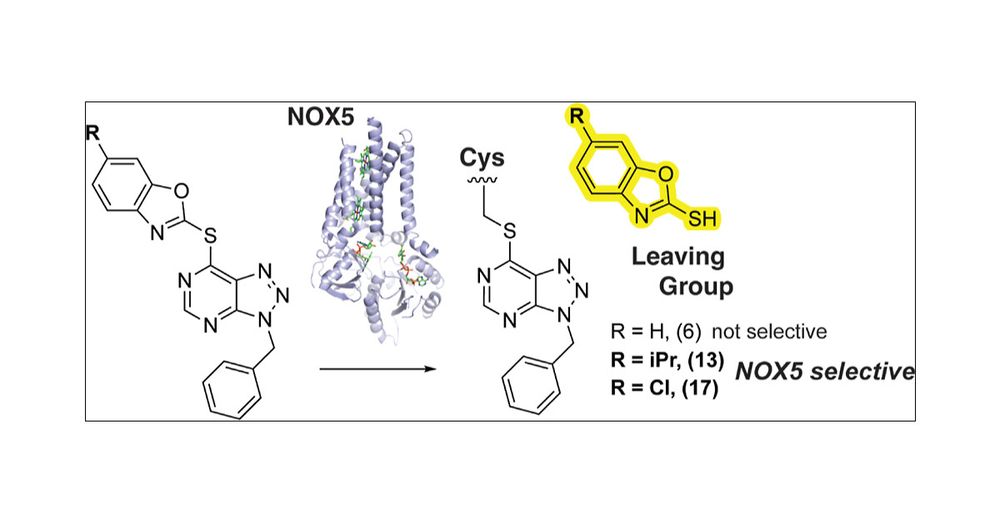
jamanetwork.com/journals/jam...

jamanetwork.com/journals/jam...
pubmed.ncbi.nlm.nih.gov/41115959/

pubmed.ncbi.nlm.nih.gov/41115959/
www.nature.com/articles/s41...

www.nature.com/articles/s41...
pubs.acs.org/doi/full/10....

pubs.acs.org/doi/full/10....
pubmed.ncbi.nlm.nih.gov/40864684/

pubmed.ncbi.nlm.nih.gov/40864684/
www.embopress.org/doi/full/10....
More mechanistic studies of CDK2/Spy1 role in meiosis including impt SUN1 phos site. Still unclear if CDK2/Spy1 is most impt for scaffolding/localization or enzymatic activity, or, "por que no los dos?"

www.embopress.org/doi/full/10....
More mechanistic studies of CDK2/Spy1 role in meiosis including impt SUN1 phos site. Still unclear if CDK2/Spy1 is most impt for scaffolding/localization or enzymatic activity, or, "por que no los dos?"
jamanetwork.com/journals/jam...

jamanetwork.com/journals/jam...
pubs.acs.org/doi/10.1021/...

pubs.acs.org/doi/10.1021/...
- vast majority have changed career plans based on federal changes
- supportive environment = $ - even for those new to this career can see this
www.nature.com/articles/s41...

- vast majority have changed career plans based on federal changes
- supportive environment = $ - even for those new to this career can see this
www.nature.com/articles/s41...

pubmed.ncbi.nlm.nih.gov/40780213/

pubmed.ncbi.nlm.nih.gov/40780213/
pubmed.ncbi.nlm.nih.gov/40755028/

pubmed.ncbi.nlm.nih.gov/40755028/
link.springer.com/article/10.1...

link.springer.com/article/10.1...

www.science.org/doi/10.1126/...

www.science.org/doi/10.1126/...
There it is, in black and white, the destruction of cancer research in the US.
www.cancer.gov/grants-train...
pubs.acs.org/doi/10.1021/...

pubs.acs.org/doi/10.1021/...
rdcu.be/ev0b6

rdcu.be/ev0b6
www.sciencedirect.com/science/arti...

www.sciencedirect.com/science/arti...

#screening #cervical #cancer
jamanetwork.com/journals/jam...

#screening #cervical #cancer
jamanetwork.com/journals/jam...
link.springer.com/article/10.1...

link.springer.com/article/10.1...


